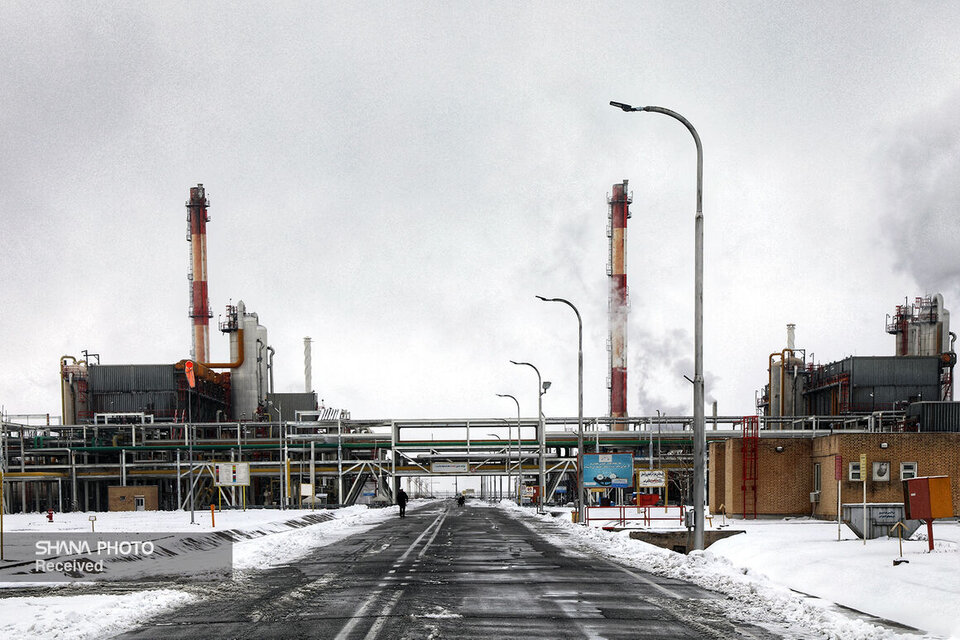Saeid Tavakoli, speaking at a meeting titled "The Role of Public Relations in Energy Imbalance and Industrial Development" on Saturday, discussed the history of Iran's gas industry.
He noted that the NIGC was established in 1964, and in 1965, with the discovery of gas resources in Bidboland, the construction of the Bidboland Gas Refinery began by the Russians with the aim of exporting 100% of the gas to Russia.
Tavakoli added that while the Bidboland Gas Refinery project and the operation of factories were underway, only nine cities and two villages, equivalent to 2% of the country's population, benefited from gas. In the early 1980s, despite the ongoing war, the goal was to allocate oil revenues to domestic industries, leading to the design of the Shahid Hashemi Nejad Refinery in the northeast.
The deputy oil minister for gas affairs pointed out that the development of the South Pars gas field began in 1997. This field is the largest shared gas field in the world, with two-thirds located in Qatari territorial waters and one-third in Iranian waters.
Tavakoli explained that when gas extraction from the South Pars field began, the issue of gas exports to Turkey was revisited, resulting in a long-term contract with the country.
He added that underground storage facilities were proposed in 2012, and gas exports to Iraq were initiated in 2017.
He further noted that currently, 95.85% of cities and villages have access to gas, making Iran the first country to allocate the majority of its energy portfolio to gas. In other words, "we have put all our eggs in the gas basket."
The CEO of the National Iranian Gas Company emphasized that before the Islamic Revolution, gas consumption was 36 million cubic meters per year, but by last Iranian year, it had reached 250 billion cubic meters.
He stressed that without gas distribution, pollution would have increased by 171 million tons. Iran is the world's third-largest gas producer, and maintaining this position is crucial in the strategic document of the NIGC.
Gas imbalance and future challenges
Tavakoli stated that gas imbalance in Iran is due to issues with upstream documents and weak social support. He emphasized that consumption patterns in upstream documents highlight the need to consider development criteria, especially in industries like steel, petrochemicals, and cement.
He explained that one reason for the imbalance is that 70-75% of the country's gas reserves are located offshore, requiring special facilities for extraction, which increases costs and complicates the gas distribution network.
Despite the complex gas supply process, the cost of production and distribution, excluding intrinsic value, affects consumption and resource management.
The CEO noted that the company pays about 5 cents per cubic meter of gas from extraction to distribution, excluding intrinsic value, but sells it to customers at 2.2 cents. This situation leads to losses and the consumption of national resources without considering current costs.
Tavakoli added that in winter, 80% of the country's gas production is consumed by households, commercial sectors, and small industries, leading to gas flaring, while gas should be allocated to exports, value-added production, or power plant energy supply.
He pointed out that energy consumption intensity in the household sector in Iran is four times the global average, attributing this to improper consumption culture, the high share of gas in the energy portfolio, production-consumption imbalance, and the lack of economic incentives for consumption optimization.
The Deputy Oil Minister for Gas Affairs warned about the gas imbalance situation, predicting that by 2036, the gas imbalance will reach 619 million cubic meters, equivalent to the current total production of Assaluyeh, while gas production from the South Pars field will begin to decline from 2028.
Tavakoli added that in winter, due to excessive household consumption, the country is forced to reduce export commitments by one-third.
Solutions for managing gas imbalance
He outlined two main solutions to address the issue: increasing gas production, which requires investment and private sector participation in the gas industry, and consumption management, as even with increased production, the crisis will persist without changing consumption patterns.
Regarding the "2 Degrees Less" campaign launched on December 17, Tavakoli noted that with the participation of 650 prominent individuals and government cooperation, gas consumption in the household sector decreased by 20-21 million cubic meters, resulting from changes in consumption culture and effective communication.
Tavakoli emphasized that transparent and honest communication with the public plays a crucial role in changing consumer behavior and preventing energy crises. He stated that the country is still facing one of the most challenging years in gas supply, and changing consumption patterns is essential to prevent future crises.


Your Comment